Chris Jones
Entertainment Editor
Chris Jones, from Washington, Illinois, is the Mail Entertainment Editor covering Movies, Television, Books, and Music topics. He is the owner, writer, and editor of Overly Honest Reviews.
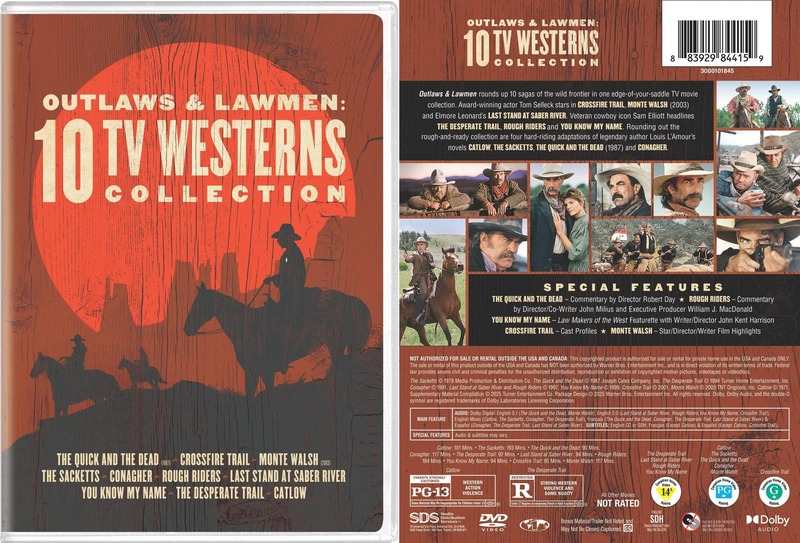
OUTLAWS & LAWMEN: 10 TV WESTERNS COLLECTION was never trying to reinvent the genre or reframe the mythology of the American frontier. What it does instead is something far more honest and, in many ways, more valuable. It preserves a specific era of television storytelling where character, restraint, and moral clarity mattered more than excess or revisionism. This is a collection that understands the Western as a space for reflection as much as for action, and its cumulative effect is stronger than any single title. I’ll be the first to admit that westerns aren’t my favorite genre. Still, there was something uniquely telling about how these films built upon one another into a collection with a distinct voice and an experience that knew what it was trying to get across.

THE SHOP ON HIDDEN LANE feels like a novel written by an author who knows exactly what her audience expects and still finds room to refine the formula. Jayne Ann Krentz has spent decades balancing romantic tension with mystery and paranormal intrigue, and this entry reflects a writer who understands how to let the genre enhance the story rather than overwhelm it. The result is a confident, engaging read that rewards patience and attention without demanding prior knowledge of her wider universe. Which is good, I haven’t read any of the previous books, but I felt like the story was self-contained enough that I wasn’t missing out. I am curious, though, I would love to know what type of connections there are!
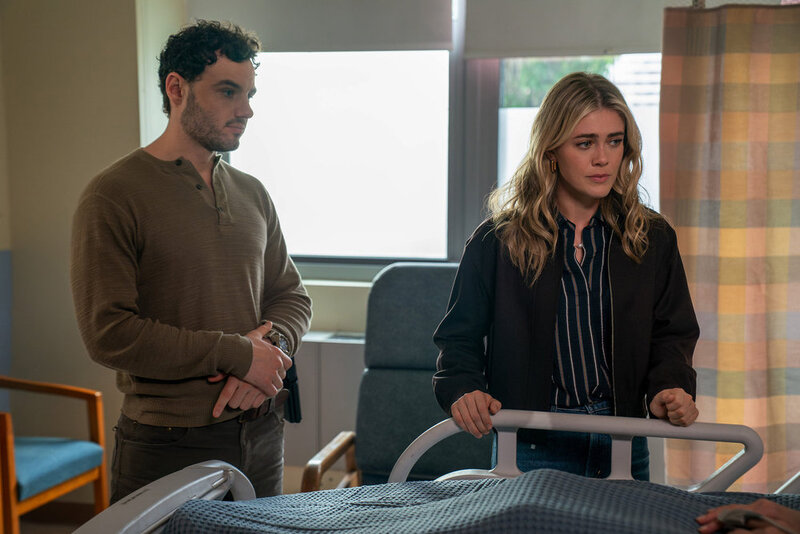
Season two of THE HUNTING PARTY manages to tackle something the first season only flirted with: confidence. Where season one often felt like a show still negotiating its identity, balancing high-concept aspirations against procedural awareness, the sophomore run tightens its grip and commits to what makes the series so compelling. This is no longer just a crime show with a clever hook. It’s a story about institutional rot, moral compromise, and the psychological toll of treating human beings as problems to be managed rather than lives to be reckoned with.
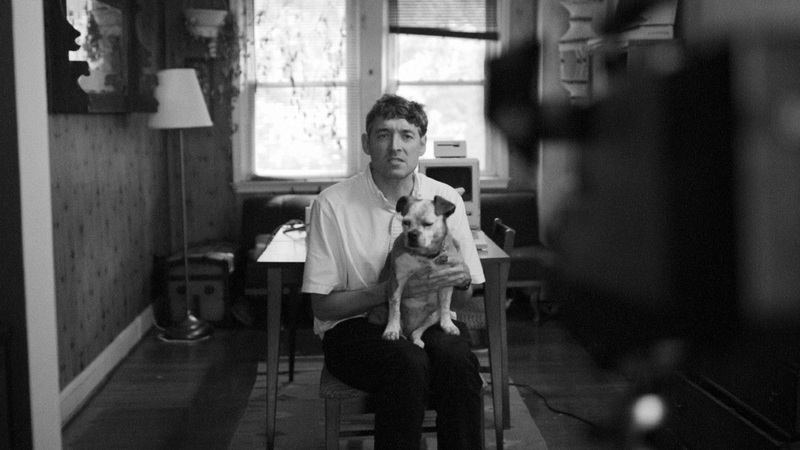
OBEX is a unique viewing experience in almost every way. The black-and-white imagery, the deliberate stillness, and the tactile presence of outdated technology all suggest it's not interested in guiding an audience. Instead, it asks for patience, curiosity, and a willingness to sit inside discomfort. Albert Birney has built a career around idiosyncratic, deeply personal projects, and this feels like one of his most distilled expressions yet; intimate, strange, and intentionally alienating in ways that feel purposeful rather than careless.
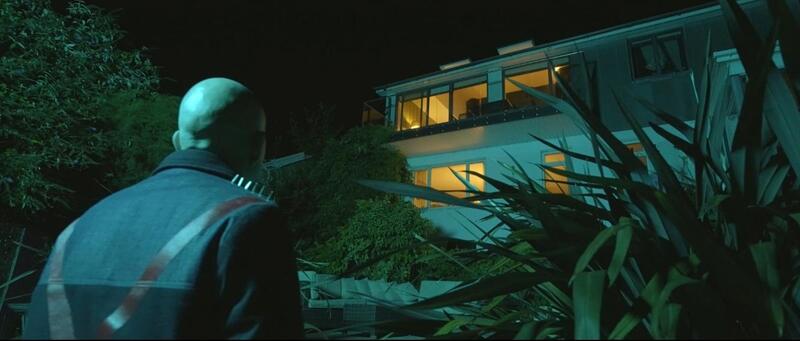
THE R.I.P MAN comes onto the scene with grandiose ideas of franchise aspirations (and to be fair, the sequel is already in pre-production). From its title to its marketing language, this is a film that wants to introduce a new horror villain, one meant to linger, provoke, and justify sequels. Unfortunately, what it delivers instead is a rough, uneven slasher whose central idea never quite survives contact with execution.
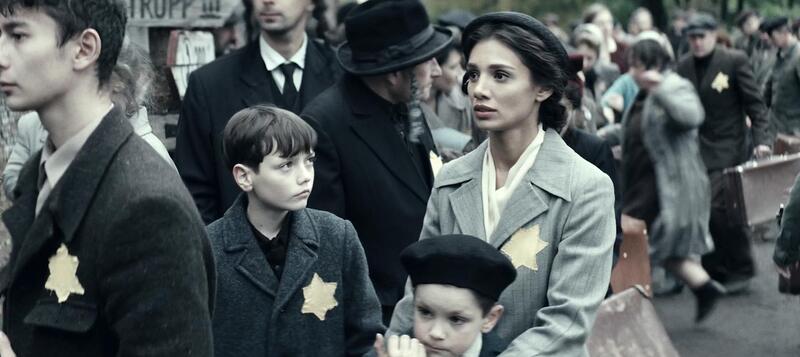
STORK OF HOPE carries an enormous emotional burden, one shared by countless World War II dramas before it. What distinguishes it, and what ultimately limits it, is its determination to frame unimaginable trauma through gentleness rather than confrontation. This is a film driven by memory and moral clarity, one that prioritizes accessibility over historical abrasion, sometimes to its benefit and sometimes to its detriment.
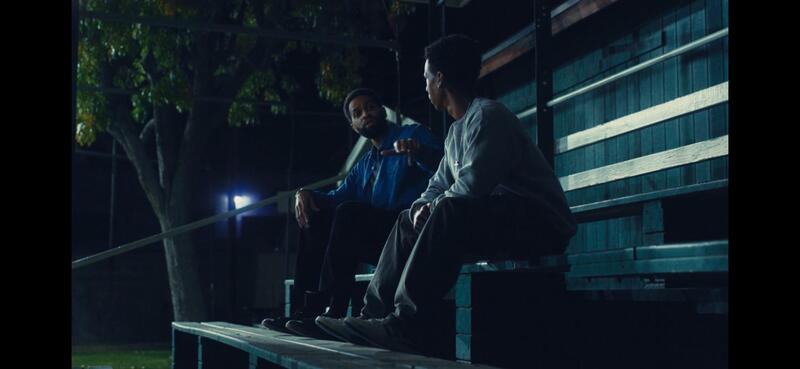
JAMARCUS ROSE & DA 5 BULLET HOLES never pretends to be interested in reassurance. From its first frames to its devastating last, the film positions hope as fragile, real, and deeply vulnerable to interruption. What makes the short hit as hard as it does isn’t just the tragedy at its center, but the care taken to make that tragedy feel preventable right up until the instant it isn’t.
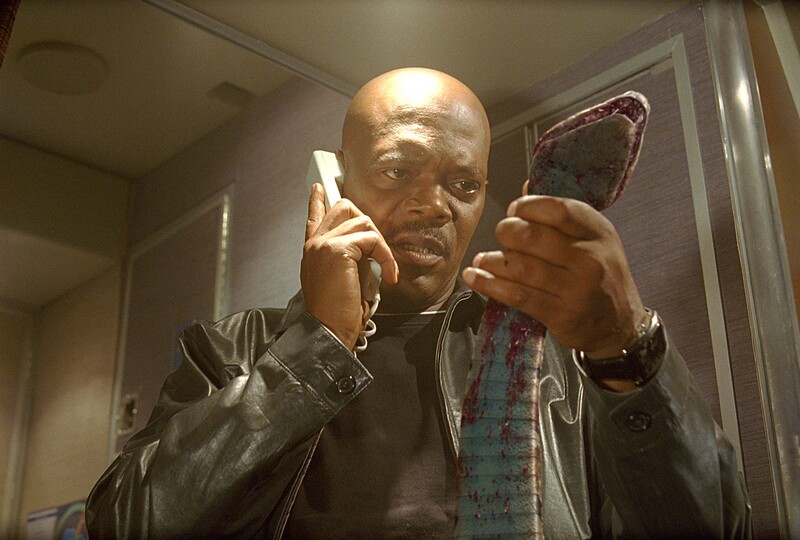
“I have had it with these motherfucking snakes on this motherfucking plane!” That line of dialogue, although not from the original screenplay, may indeed be more famous than the film itself. SNAKES ON A PLANE exists in a very specific cultural moment; it’s less a movie than a reaction, a studio scrambling to harness lightning in a bottle after the internet decided the title alone was enough to justify the experience. That context matters because it explains both why the film works at all and why it never fully becomes the unhinged cult object people remember it as. The movie knows what audiences want; the problem is that it rarely goes far enough to give it to them truly.
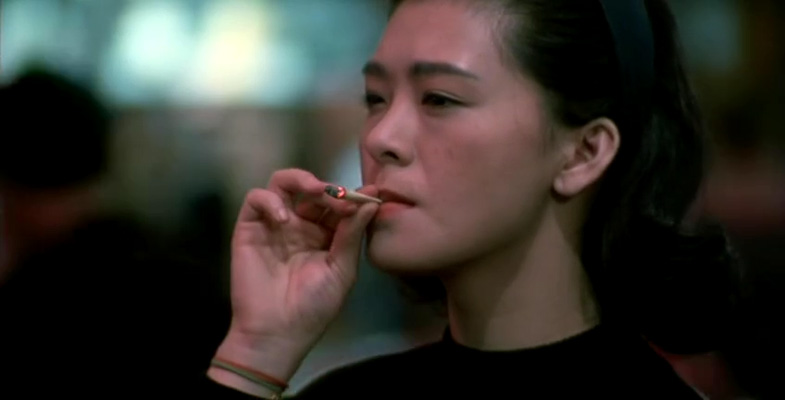
Hong Kong crime films don’t just flirt with darkness; they commit to it, then keep tightening the screws until everyone on screen is running on instinct. ON THE RUN fits that mold with a deep confidence. It’s harsh and emotionally damaged; the movie doesn’t ask you to admire its heroes so much as understand why they stop believing the system will ever protect them. What makes it connect is how it blends procedural paranoia with full-on survival mode; it’s not a showcase for flashy set pieces, it’s a pressure cooker where every decision feels like it could cost a life.
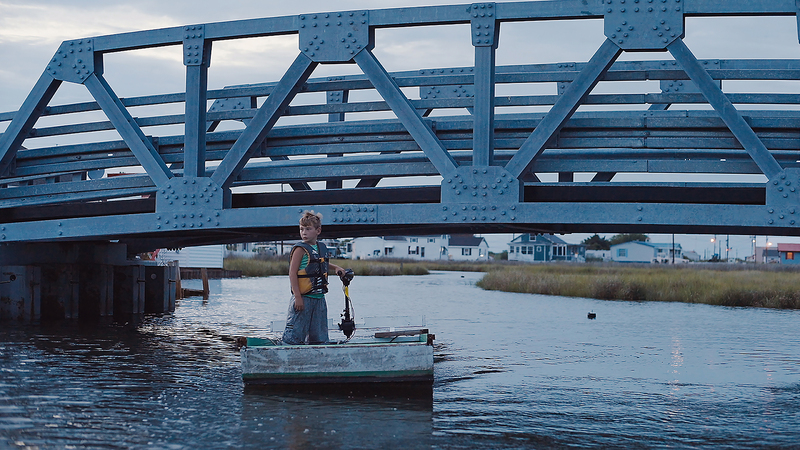
There’s a confidence to BEEN HERE STAY HERE that shows itself almost immediately. Not through urgency, not through performance, and certainly not through the familiar checklist of talking points that dominate so much climate-focused nonfiction. Instead, the film settles in, measured and observant, and asks something far more radical of its audience: to listen without preparing a rebuttal. (trust me, that’s harder than I thought!)
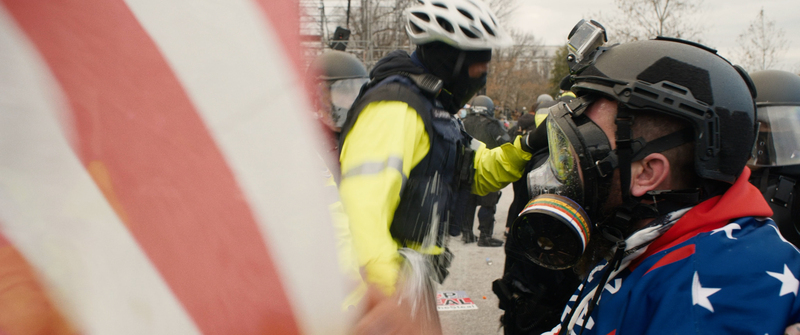
HOMEGROWN is a documentary that asks its audience for patience, restraint, and open-mindedness. For some viewers, that request may feel noble, even necessary. For others, especially those who watched the events it depicts unfold in real time, it feels like a demand to suspend clarity in favor of proximity. That tension sits at the heart of the film, and it’s ultimately what makes HOMEGROWN both compelling and deeply frustrating.
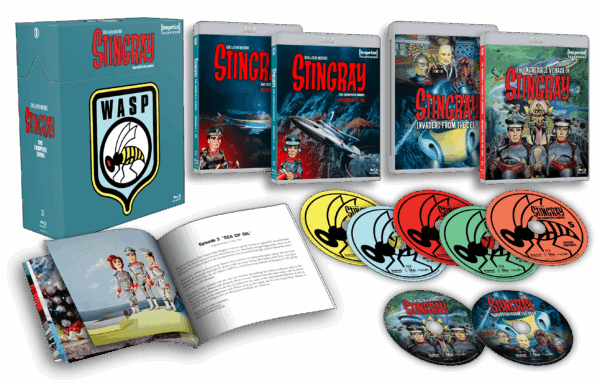
STINGRAY offers a journey through a fascinating transitional space in television history. It is both a breakthrough and a prototype; a show that feels historically vital while also revealing its limitations. As the first British television series filmed entirely in color, it represents a technical leap forward that immediately sets it apart from its contemporaries. At the same time, it stands as a conceptual bridge between earlier Supermarionation experiments and the more refined work that would follow.
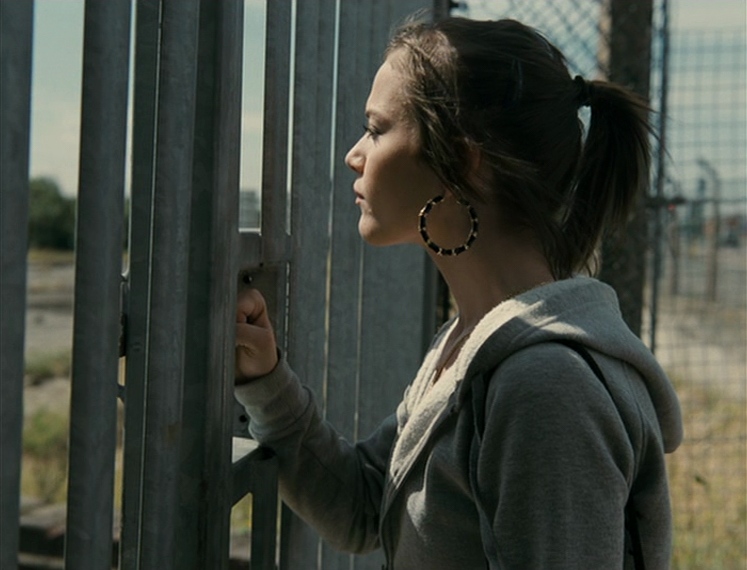
Have you ever had a film that just felt different? You’re not sure why, but after watching it, it just sticks with you! FISH TANK is one of those rare experiences where the impact doesn’t come from some grand gesture or twist, but from an almost confrontational honesty. It watches the characters without judgment, without softening the experience, and without offering easy exits for the audience. That commitment is precisely why it has remained one of the most enduring discoveries in my journey through the 1,001 FILMS YOU MUST SEE BEFORE YOU DIE. This is not a film you just remember having watched; it’s one you carry with you for a lifetime.
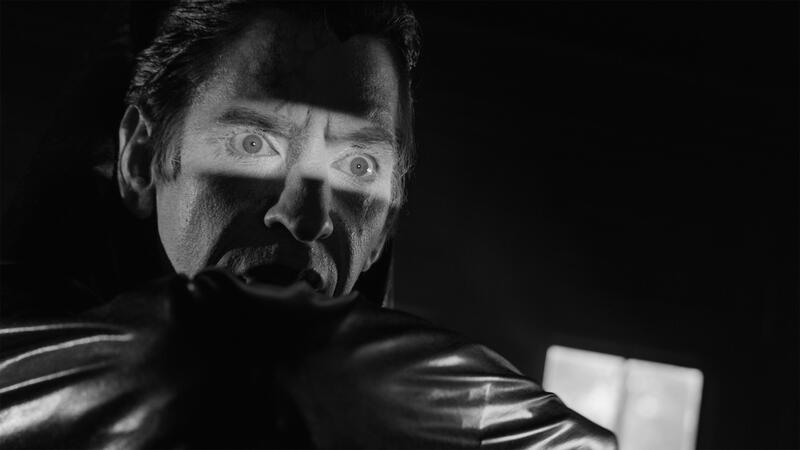
VAMPIRE ZOMBIES… FROM SPACE! doesn’t pretend to be accidentally outrageous. It knows exactly what it is, and, more importantly, why it exists. This is a horror-comedy built out of deep affection for mid-century drive-in schlock, filtered through a modern sensibilities that understand parody only works when the filmmakers respect the material they’re poking fun at. The title alone signals an intent, but the movie backs it up with confidence, consistency, and a surprising amount of control.
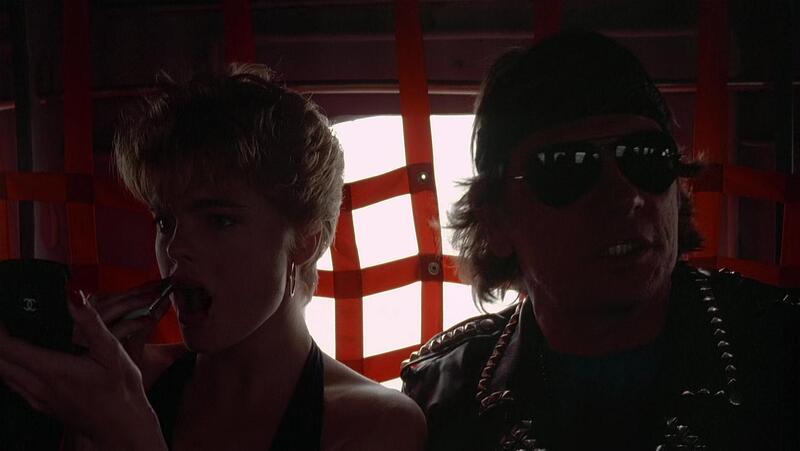
UNDER SIEGE is one of those films whose reputation has solidified less because of its originality and more because of how it executed a familiar formula. Released at the height of early-90s action cinema, it offered the audience all the confidence of a studio picture that knows exactly what it is selling. There are no illusions of reinvention here. The film’s goal is momentum, escalation, and clean delivery, and in those areas, it largely succeeds.